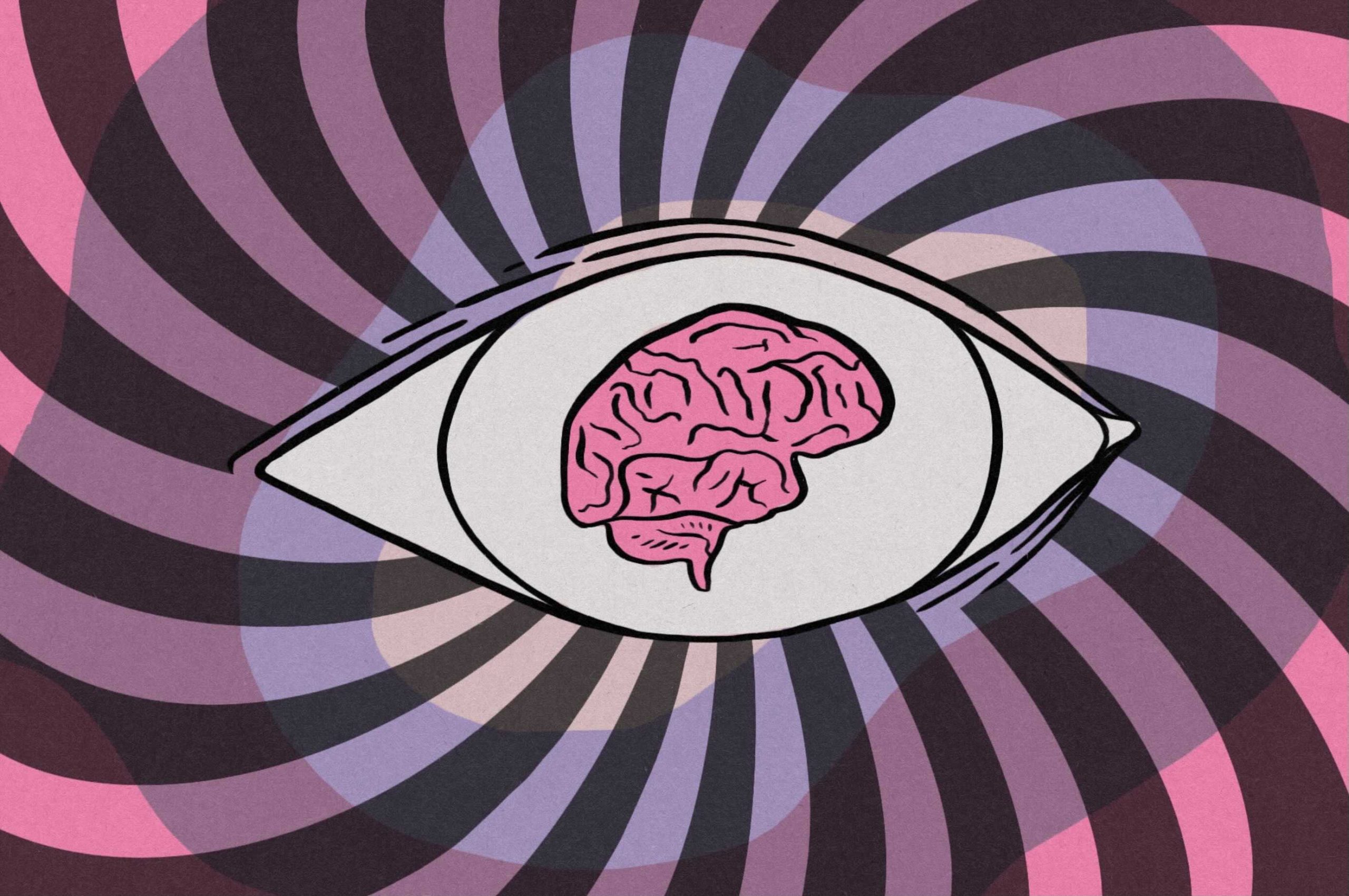Whether you’re an art or physics major, you’ve likely taken or will take at least one psychology course in your time as a college student. Psychology is a fundamental class that teaches students about the mind and behavior. For a time, it was debated whether or not psychology should even be taken seriously in the world of science. The difficultly in quantifying human emotions and explaining behavior steered some scientists away from accepting its conclusions. But of course, today it is recognized as a legitimate field of study, with endless experiments and concepts to its name. With the growing awareness of mental health, it is actually one of the more heavily discussed subjects among newer generations.
Out of the many classes students will take in their college careers, psychology is probably one of the most important. Without it, students would be deprived of the knowledge that explains why we do the things we do. One such thing is the act of persuasion. What persuades people? Why do they feel persuaded to buy things, do things and say things? Here’s a look at a few persuasion techniques that are often learned in psychology classes.
Mimicry
They say imitation is the sincerest form of flattery; well, it can also make you more likely to be persuaded. Studies have shown that people are more likely to be enticed into doing something when the persuader looks, acts or sounds like them. This is because similarity increases rapport and likability.
It is important to note that mimicry is not always intentional and sometimes can be subconscious, but whether it’s done on purpose or not, it can yield dramatic effects. In a study, waiters who repeated a customer’s order back to them with the exact phrasing they used were tipped higher than waiters who repeated the order with their own phrasing. This goes to show just how powerful mimicry can be, by not only increasing the bond between individuals but also making them feel more generous as a result.
Reciprocity
Have you ever gotten something from someone and felt the immediate need to pay back the debt? Humans hate to feel indebted, and this feeling is the key to the next persuasion technique: reciprocity. People feel obligated to do or buy things when they first receive something for free; this is why many ice cream places offer “free samples,” hoping to score a purchase from the customer soon after.
Kiosks at the mall that give out coupons, “free” brochures and sample products are often using reciprocity to their advantage, expecting a follow-up purchase. Evolution is partly to blame for people’s urge to “return the favor.” However, it is a natural occurrence and comes with the idea that returning benefits will lead to more benefits, which is not always untrue.
Foot-in-the-Door
Reciprocity is similar to the foot-in-the-door technique in that they both include a small action turning into a bigger one. This phenomenon states that the likelihood of someone agreeing to a large request gets higher when a small request is first made and agreed to. The name comes from the dated role of the door-to-door salesman, who would try to at least get their “foot in the door” to present their spiel before reeling the customer in to make a bigger purchase.
If you let the salesman in, sit through their pitch and watch their demonstrations, why not go ahead and purchase what they’re selling? This technique relies on consistency: People like to think they are consistent beings who reliably stick to the choices they’ve made. This need for stability is why the foot-in-the-door technique works, because it allows persuaders to get others to do what they want after making them agree to a small action first.
Authority Bias
Because people are primed to obey authority at a young age, they are compelled to listen to authority figures, even as they get older: This is authority bias. People often misinterpret the credibility and trustworthiness of authority figures and, if they are not careful, can easily succumb to authoritative influence, regardless of facts.
Strongly associated with this persuasion technique is the infamous Milgram experiment, where participants were willing to administer shocks per instruction — even though they thought it was causing others agony — just because the directions were coming from an authority figure.
Simple things like job titles, uniforms or the positions of ropes and tables can justly or unjustly portray authority. Even though authority bias is a part of evolution, being aware of it can prevent people from making thoughtless decisions. Authority can sometimes provide great direction with your best interests at heart, but it’s important to discern these actions for yourself too.
Social Influence
It is no secret that people are often persuaded by those around them. If you deem another person similar to you, you are more likely to think their actions and thought process should be emulated by yourself. This is called social influence, and it’s also why celebrity endorsements are so prevalent. If you admire a celebrity and identify their prominent characteristics akin to yours, you’re more likely to do whatever they encourage you to do, whether it is to donate, purchase something or behave in a certain way.
Although sometimes the opinions of others can be helpful in persuading you to take the right action, it is important to take the time to evaluate whether the action is something you truly want to do, or if you are being coerced. A true test is deciding whether or not you’d take action even if the other person never said anything in the first place.
Psychology may be one of the most beneficial classes a student can take in college. Learning about the mind and behavior, especially in the realm of persuasion, can be extremely helpful for students in their day-to-day lives. When students understand what factors influence their discernment, they can decide whether or not they really want to do something or if they are being influenced by clever persuasion methods.
Nearly every decision you make is influenced by things you aren’t conscious of, proving just how crucial it is to increase your awareness and knowledge of these subjects.
















